The Live Album
We pretty much cover studio albums exclusively at Classic Rock Review and will continue to do so with the exception of the few studio/live hybrids that we explore later in this article. […]
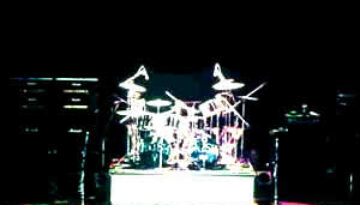
We pretty much cover studio albums exclusively at Classic Rock Review and will continue to do so with the exception of the few studio/live hybrids that we explore later in this article. […]
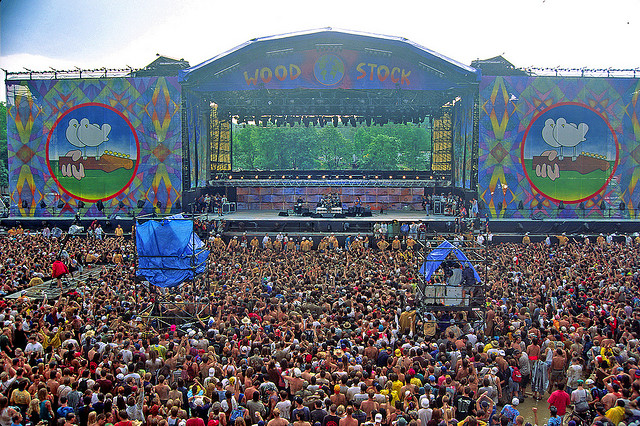
Through the long history of rock and roll, there have been impressive second acts. We’ve spoken about such comebacks during some of our late 1980s reviews, most prominently the full re-ascent of the […]
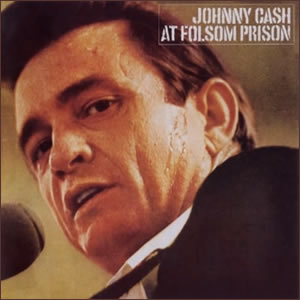
Buy At Folsom Prison Classic Rock Review only covers studio albums, not compilations or live albums. But there will be one exception to this rule – At Folsom Prison by Johnny Cash. This […]
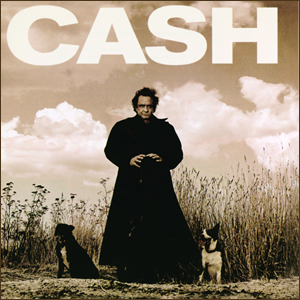
Buy American Recordings Released in Spring 1994, American Recordings was (incredibly) the 81st overall album by Johnny Cash and was the ignition point for the second great comeback of his long career. Like […]
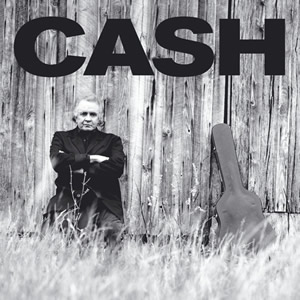
Buy American II: Unchained Building on the momentum of his 1994 comeback album, American Recordings, country/rock legend Johnny Cash decided to do a sequel in what would become a very successful late career […]